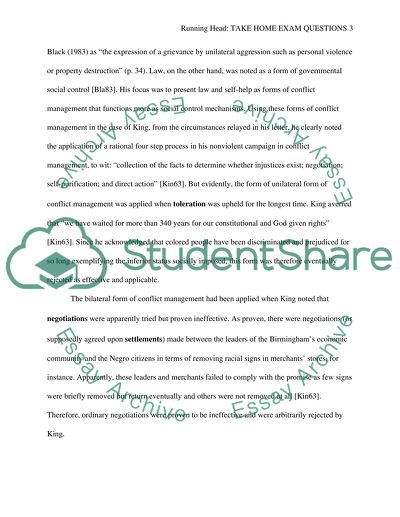Cite this document
(“Law and Society Essay Example | Topics and Well Written Essays - 1500 words”, n.d.)
Retrieved from https://studentshare.org/law/1434219-take-home-exam-questions
Retrieved from https://studentshare.org/law/1434219-take-home-exam-questions
(Law and Society Essay Example | Topics and Well Written Essays - 1500 Words)
https://studentshare.org/law/1434219-take-home-exam-questions.
https://studentshare.org/law/1434219-take-home-exam-questions.
“Law and Society Essay Example | Topics and Well Written Essays - 1500 Words”, n.d. https://studentshare.org/law/1434219-take-home-exam-questions.


